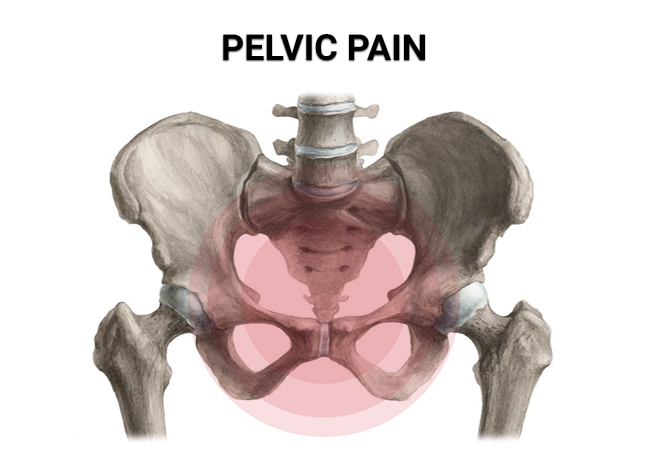Dr. Abhimanyu Rana

Chronic Pelvic Pain: Exploring the Complex Landscape of Persistent Discomfort
Chronic pelvic pain is a distressing and often enigmatic condition characterized by persistent pain in the pelvic region lasting for at least six months. It can significantly impact an individual's physical, emotional, and social well-being, leading to a reduced quality of life. Understanding the multifaceted nature of chronic pelvic pain, its underlying causes, diagnostic challenges, management strategies, and the importance of a holistic approach is essential for both patients and healthcare professionals.
The Nature of Chronic Pelvic Pain:
Chronic pelvic pain is defined by its duration and is experienced differently by each individual. It may be described as:
- Dull and Aching: A constant, low-level ache that persists over time.
- Sharp and Stabbing: Sudden and intense pain that may come and go.
- Cyclical: Pain that varies with the menstrual cycle.
- Localized or Widespread: Pain that may be limited to a specific area or spread throughout the pelvic region.
Underlying Causes and Contributing Factors:
Chronic pelvic pain can have various underlying causes and contributing factors, which often overlap:
Pelvic Inflammatory Disease (PID): Infections and inflammation of the reproductive organs.
Endometriosis: Growth of endometrial tissue outside the uterus.
Adenomyosis: Endometrial tissue that grows into the muscular walls of the uterus.
Uterine Fibroids: Noncancerous growths in the uterus.
Interstitial Cystitis: A chronic bladder condition.
Pelvic Congestion Syndrome: Swollen veins in the pelvic area.
Irritable Bowel Syndrome (IBS): Gastrointestinal disorder.
Musculoskeletal Issues: Muscle tension, trigger points, or musculoskeletal imbalances.
Nerve Sensitization: Nerves becoming hypersensitive.
Psychological Factors: Stress, anxiety, and depression can exacerbate pain perception.

